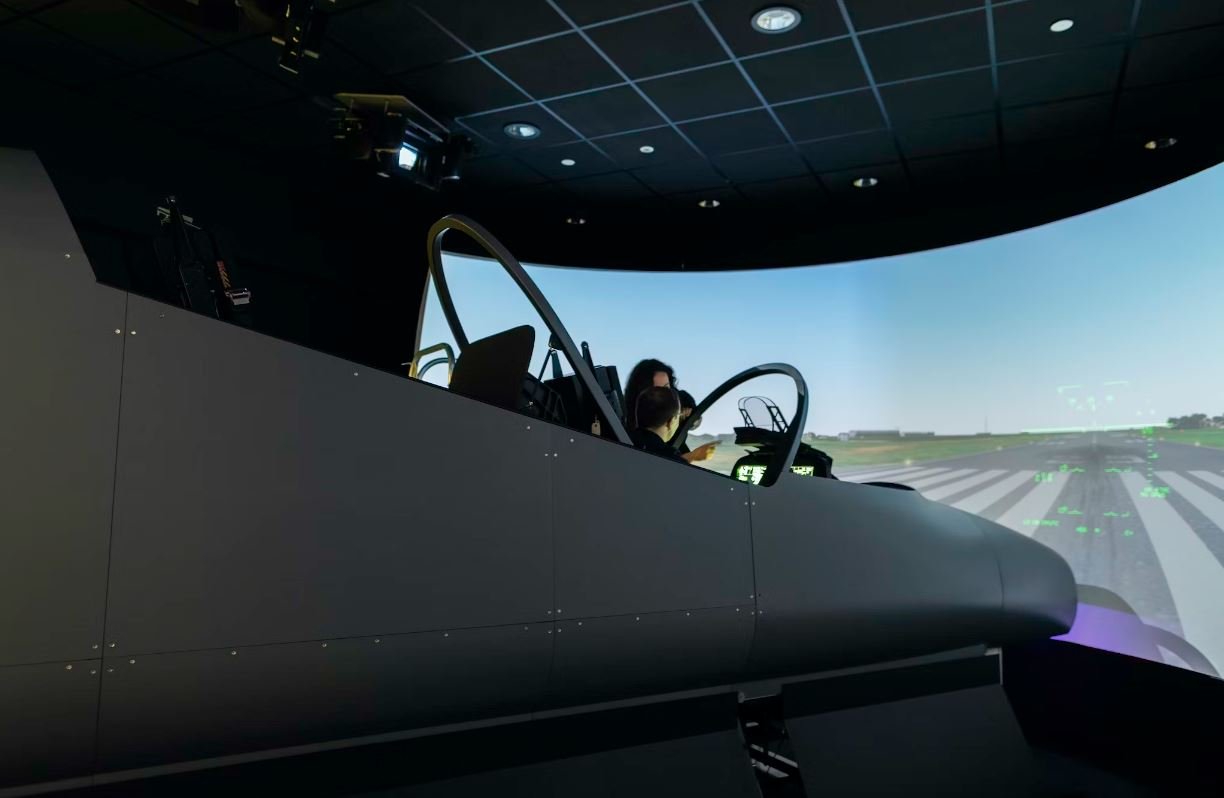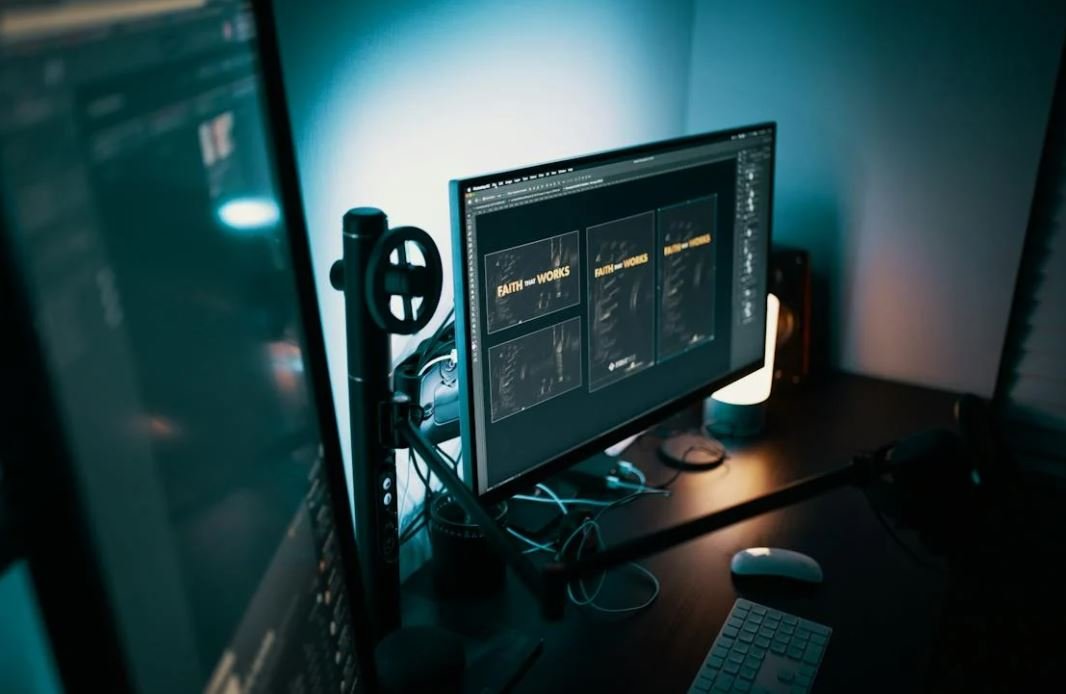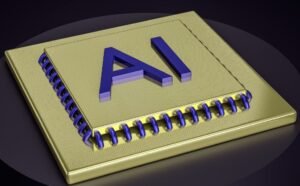Who Influenced Automation
Automation has become an integral part of our daily lives, transforming industries and revolutionizing the way we work. But who were the pioneers that shaped the field of automation? In this article, we will explore the key individuals and organizations that have influenced and contributed to the development of automation as we know it today.
Key Takeaways
- Automation has been influenced by various individuals and organizations throughout history.
- Notable contributors include Ada Lovelace, Henry Ford, and the Massachusetts Institute of Technology (MIT).
- The development of computing and robotics technology played a significant role in advancing automation.
Ada Lovelace: The First Computer Programmer
One of the earliest influencers of automation was Ada Lovelace, an English mathematician and writer in the 19th century. Lovelace is known for her work on Charles Babbage’s Analytical Engine, often regarded as the first mechanical general-purpose computer. She wrote extensive notes on the machine, providing the first algorithm and envisioning its potential to automate various tasks.
*Ada Lovelace’s visionary understanding of computing laid the foundation for future automation technologies.*
Henry Ford: Pioneering Industrial Automation
Henry Ford, the American industrialist and founder of Ford Motor Company, made significant contributions to automation in the early 20th century. He revolutionized the manufacturing process with the introduction of the assembly line, streamlining production and making automobiles more affordable. Ford’s innovative approach to mass production became a standard model for industrial automation in various sectors.
*Henry Ford’s implementation of the assembly line marked a turning point in industrial automation, facilitating the production of goods on a larger scale than ever before.*
Massachusetts Institute of Technology (MIT): Advancing Automation Research
The Massachusetts Institute of Technology (MIT) has long been at the forefront of automation research and development. With its distinguished guidance, leading-edge facilities, and collaboration with industry partners, MIT has played a crucial role in advancing automation technologies across multiple disciplines. From robotics to artificial intelligence, MIT has been a driving force behind innovation in automation.
*MIT’s continuous pursuit of excellence in research has propelled automation to new heights, shaping the future of technology.*
Automation Influencers: A Glimpse at Other Key Contributors
| Name | Contribution |
|---|---|
| Nikola Tesla | Pioneered the development of alternating current (AC) power systems, enabling the widespread use of electrical automation. |
| Alan Turing | Proposed the concept of a universal computing machine, known as the “Turing machine,” which formed the theoretical foundation for computer automation. |
| Joseph Engelberger | Considered the “Father of Robotics,” Engelberger developed the first industrial robot and co-founded the world’s first robotics company. |
The Future of Automation
Automation continues to evolve at a rapid pace, driven by advancements in computing power, robotics, and artificial intelligence. The influence of individuals and organizations in shaping automation is ongoing, with new innovations and breakthroughs fuelling further development.
*The future of automation holds immense potential, with the ability to improve efficiency, enhance productivity, and transform various industries.*

Common Misconceptions
1. Automation is primarily influenced by robots
One common misconception people have about automation is that it is primarily influenced by robots. While robots do play a significant role in automation, there are also many other factors and technologies that contribute to the automation process.
- Automation involves the integration of various technologies such as artificial intelligence (AI), machine learning, and data analytics.
- Automation can be applied to different industries beyond manufacturing, including healthcare, finance, and transportation.
- Automation is not limited to physical tasks but can also involve automating administrative and repetitive office tasks.
2. Automation leads to job loss
Another misconception is that automation inevitably leads to job loss. While it is true that automation can replace certain tasks previously performed by humans, it can also create new job opportunities and enhance productivity in other areas.
- Automation can shift the focus of human workers towards more complex and creative tasks that require critical thinking and problem-solving.
- In some cases, automation can generate job growth by increasing efficiency and demand in certain industries.
- Successful automation implementation results in a need for skilled workers to operate and maintain automated systems, creating new job positions.
3. Only large companies can afford automation
Many people believe that only large companies with significant financial resources can afford automation. However, automation is becoming more accessible and cost-effective, enabling businesses of all sizes to adopt automated processes.
- Advancements in technology have reduced the cost of automation systems and made them more scalable.
- A wide range of automation solutions are available, including affordable software-based automation tools and robotic process automation (RPA) platforms.
- Smaller businesses can start with automating specific tasks or processes, gradually expanding automation capabilities based on their needs and budget.
4. Automation eliminates the need for human involvement
Some people mistakenly believe that automation eliminates the need for human involvement altogether. However, automation is designed to augment human capabilities rather than replace them entirely.
- Humans still play a crucial role in supervising and managing automated systems to ensure their proper functioning.
- Automation relies on human input and oversight, especially when it comes to decision-making, problem-solving, and adapting to changing circumstances.
- Human intervention is necessary for continuous improvement and refinement of automated processes based on feedback and data analysis.
5. Automation is a one-size-fits-all solution
Lastly, it is commonly misconceived that automation is a one-size-fits-all solution that can be universally applied to all tasks and industries. In reality, automation requires careful analysis and customization to suit the specific needs of each situation.
- Automation must be aligned with the unique business processes and requirements of individual organizations.
- Proper planning and consultation are necessary to determine the suitability of automation for different tasks and to identify areas where automation can deliver maximum value.
- Effective automation implementation requires collaboration between experts in automation technology and domain experts from the respective industry.

The Fathers of Automation
Before delving into the captivating history of automation, it is crucial to acknowledge the pioneers whose contributions revolutionized the field. This table outlines the remarkable achievements of four influential figures who laid the foundation for the automated world we now inhabit.
| Name | Contribution | Date |
|---|---|---|
| Sir Richard Arkwright | Invented the water frame, a significant advancement in textile manufacturing. | 1769 |
| Henry Ford | Introduced the assembly line, drastically increasing efficiency and productivity in the automobile industry. | 1913 |
| Nikola Tesla | Developed alternating current (AC) systems, paving the way for widespread electrical automation. | 1888 |
| Alan Turing | Created the concept of a universal machine, leading to the development of modern computers. | 1936 |
Automation in Various Industries
The implementation of automation has permeated diverse fields, revolutionizing the way we operate and transforming industries. This table highlights some key sectors where automation has played an influential role.
| Industry | Automation Application | Benefits |
|---|---|---|
| Manufacturing | Robotic assembly lines | Increased productivity, improved quality control, reduced costs |
| Healthcare | Surgical robots | Precision, minimally invasive procedures, enhanced patient outcomes |
| Transportation | Self-driving cars | Improved road safety, reduced traffic congestion, enhanced mobility |
| Finance | Algorithmic trading | Increased efficiency, reduced human errors, faster decision-making |
The Age of Artificial Intelligence
Artificial Intelligence (AI) and Machine Learning (ML) have become integral components of modern automation. This table showcases notable advancements in AI technology.
| Development | Description | Year |
|---|---|---|
| Deep Blue | IBM’s chess-playing supercomputer defeats Garry Kasparov, the world chess champion. | 1997 |
| AlphaGo | Google DeepMind’s AI defeats world champion Go player, Lee Sedol. | 2016 |
| Watson | IBM’s AI triumphs on the quiz show Jeopardy!, defeating human champions. | 2011 |
| GPT-3 | OpenAI’s language model capable of generating coherent human-like text. | 2020 |
Automation and Job Market Impact
The integration of automation technologies has not been without its implications for the job market. This table explores both positive and negative aspects.
| Effect | Positive Impact | Negative Impact |
|---|---|---|
| Increased productivity | Higher output, economic growth | Job displacement, unemployment |
| Workflow optimization | Streamlined processes, reduced errors | Reduced job diversity, deskilling |
| New job opportunities | Emergence of technology-related roles | Skills gap, job market polarization |
| Efficiency gains | Faster production, improved resource allocation | Loss of certain manual jobs |
The Rise of Robotic Process Automation
Robotic Process Automation (RPA) has gained attention as a game-changing technology across numerous industries. This table showcases some examples of RPA utilization.
| Industry | RPA Application | Impact |
|---|---|---|
| Banking | Automated customer onboarding | Enhanced efficiency, improved customer experience |
| Human Resources | Automated employee data management | Reduced administrative burden, improved data accuracy |
| Insurance | Claims processing automation | Quicker settlements, reduced errors |
| Customer Service | Chatbot support systems | 24/7 availability, reduced response times |
Automation and Environmental Impact
Automation not only affects industries and employment but also holds the potential to contribute positively to sustainability. This table presents some examples of the environmental impact of automation.
| Automation Technology | Environmental Benefits | Industry Application |
|---|---|---|
| Smart Grids | Efficient energy distribution, reduced carbon emissions | Energy management |
| Automated Irrigation | Reduced water waste, optimized plant growth | Agriculture |
| Green Building Automation | Energy conservation, improved indoor air quality | Construction |
| Smart Transportation Systems | Traffic optimization, reduced fuel consumption | Transportation |
Automation in Science and Research
Automation is an invaluable tool within the scientific community, facilitating breakthroughs and accelerating discoveries. This table showcases its applications in various scientific fields.
| Field | Automation Application | Benefits |
|---|---|---|
| Genomics | High-throughput DNA sequencing | Rapid data generation, genome analysis |
| Drug Discovery | Automated compound screening | Accelerated testing, increased efficiency |
| Astronomy | Robotic telescopes | Continuous sky observation, data collection |
| Biotechnology | Laboratory automation systems | Improved accuracy, increased reproducibility |
Automation and Cybersecurity
As automation continues to advance, ensuring robust cybersecurity measures becomes paramount. This table outlines the potential risks and protective measures associated with automation.
| Risk | Protective Measures | Impact |
|---|---|---|
| Malware Attacks | Regular security updates, network monitoring | Data breaches, system downtime |
| Phishing | Awareness training, email filtering | Data theft, financial loss |
| Unauthorized Access | Strong authentication protocols, access controls | Data compromise, system manipulation |
| Data Privacy | Encryption, secure data storage | Identity theft, reputational damage |
The Future of Automation
Achieving a thorough understanding of the evolution and impact of automation allows us to anticipate the future it holds. This final table provides a glimpse into some emerging technologies poised to shape the future.
| Technology | Description | Potential Implications |
|---|---|---|
| Artificial General Intelligence (AGI) | AI systems capable of human-like cognition and reasoning. | Augmented decision-making, societal adaptation challenges |
| Internet of Things (IoT) | Interconnected devices sharing data and performing tasks autonomously. | Enhanced efficiency, privacy considerations, cybersecurity risks |
| Quantum Computing | Utilization of quantum mechanics to process information at unprecedented speeds. | Breakthroughs in optimization, accelerated scientific research |
| Biomedical Automation | Integration of automation in medical diagnostics, drug delivery, and healthcare support. | Enhanced patient care, ethical and regulatory challenges |
Automation’s captivating journey, fueled by the ingenuity of visionary individuals, holds immense potential for human progress. As we analyze the diverse impacts of automation across industries, employment, and our environment, it becomes evident that we stand on the brink of a transformative era. Balancing the advantages and consequences, we must prepare for the future by embracing innovation, addressing challenges, and nurturing responsible development. Only then can we build a world where automation flourishes while ensuring the well-being of humanity.
Who Influenced Automation
Frequently Asked Questions
What is automation?
Who can be credited with the invention of automation?
…





